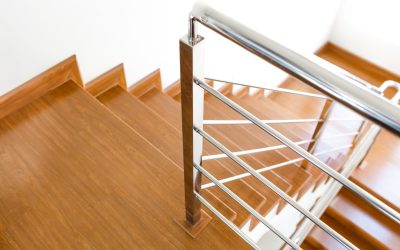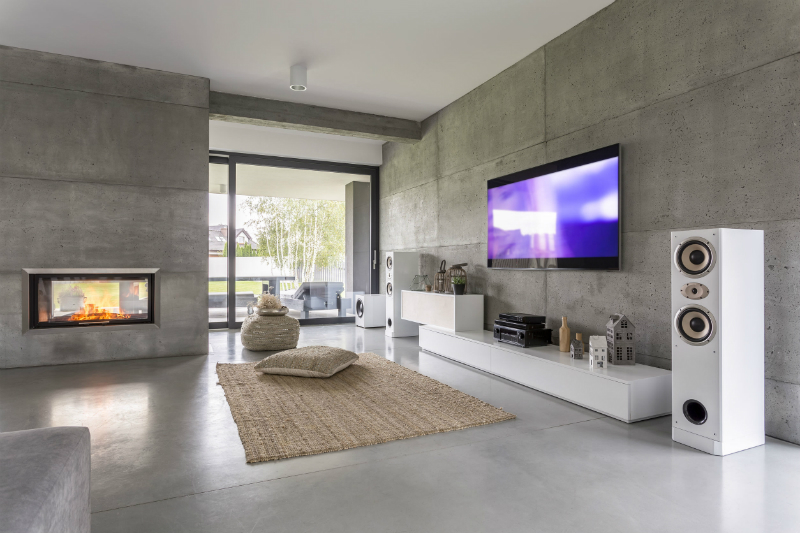Whether you are a home builder, home owner, or chimney sweep, fireplaces require special care, and they should be properly sealed for maximum energy efficiency and safety. For example, not using high temp silicone sealant could result in a claim on a contractor’s professional liability insurance. Also, an unsealed fireplace is an example of shoddy workmanship and can damage a builder’s reputation. Here are some important tips to make sure fireplaces are sealed properly.
Fire Code Clearance Issues
Most builders are aware of the gap required between the chimney and framing. This is essential to prevent fire hazards. However, these two inches of space surround the chimney and can be a source of strong drafts when the cold winter wind blows. In fact, if this area is not sealed right, it can greatly reduce overall heating efficiency and not just from the fireplace.
Ideally, one should use cement board or sheet metal and high temp silicone sealant to seal this area off, but not all builders are doing this. It can add a little to the costs, and it does take up more time. However, it’s the little things builders do which separate the great from the mediocre.
You might think if attic insulation is packed around the area, it will seal off drafts, but this is not the case. In fact, fiberglass is not completely solid, and cold air can still get through. To save on material costs, some builders utilize drip edge left over from the roofing and attach it from the ceiling joist to the chimney. Next to the chimney they use a high temp silicon sealant or fire stop caulk.
Drip edge may not be a perfect solution, and you may need to use tin snips and place notches in it to ensure a good fit. However, this is an excellent idea for the chimney sweep who wants to do a good job and maintain a list of repeat customers.
Fireplace Sealing Advice for Your Customers
There are several things your customers can do to create a more efficient fireplace. For example, you should keep the damper closed when not in use. Over time, dampers can become warped, and it doesn’t take much to cause an air leak. Investing in a special flue sealer (which can be removed before making fires) is a good idea.
Fireplaces should be cleaned and inspected periodically. This not only ensures they seal well but are also safe to operate. Remember to only use products like high temp silicone sealant when sealing areas which can become hot.



